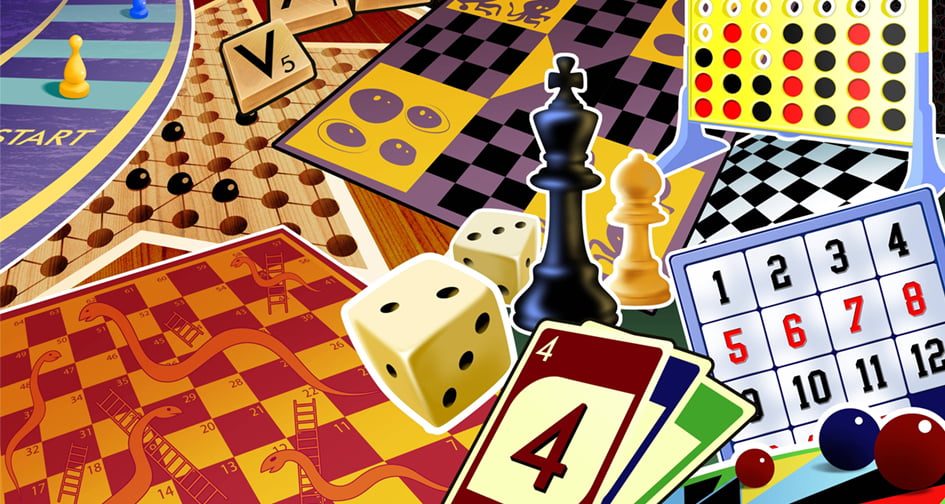

The 9th century skald poet Bragi Boddason, for example, cites four apparently unrelated scenes painted on a shield. Several verses speak of painted forms of decoration that have but rarely survived on wood and stone. Other sources EditĪ non-visual source of information for Viking art lies in skaldic verse, the complex form of oral poetry composed during the Viking Age and passed on until written down centuries later. Viking coins fit well into this latter category, but nonetheless form a separate category of Viking period artefact, their design and decoration largely independent of the developing styles characteristic of wider Viking artistic endeavour.

Recently, given the increasing popularity and legality of metal-detecting, an increasing frequency of single, chance finds of metal objects and ornaments (most probably representing accidental losses) is creating a fast expanding corpus of new material for study. Less common, but significant nonetheless, are finds of precious metal objects in the form of treasure hoards, many apparently concealed for safe-keeping by owners later unable to recover their contents, although some may have been deposited as offerings to the gods. The deceased was dressed in their best clothing and jewellery, and was interred with weapons, tools, and household goods. The Vikings mostly used silver or bronze jewellery, the latter sometimes gilded, but a small number of large and lavish pieces or sets in solid gold have been found, probably belonging to royalty or major figures.ĭecorated metalwork of an everyday nature is frequently recovered from Viking period graves, on account of the widespread practice of making burials accompanied by grave goods. Their weapons were often richly decorated on areas such as sword hilts. Men wore rings on their fingers, arms and necks, and held their cloaks closed with penannular brooches, often with extravagantly long pins. Women often strung metal chains or strings of beads between the brooches, or suspended ornaments from the bottom of the brooches. The shapes and styles of women’s paired brooches varied regionally, but many used openwork. Modern scholars often call them “tortoise brooches” because of their domed shape. Married women fastened their overdresses near the shoulder with matching pairs of large brooches. Jewellery was worn by both men and women, though of different types. Several types of archaeological context have succeeded in preserving metal objects for present study, while the durability of precious metalsin particular has preserved much artistic expression and endeavour. Silver penannular brooches from the Penrith Hoard from Viking north England, early 10th centuryīeyond the discontinuous artifactual records of wood and stone, the reconstructed history of Viking art to date relies most on the study of decoration of ornamental metalwork from a great variety of sources. Subsequently, and likely influenced by the spread of Christianity, the use of carved stone for permanent memorials became more prevalent. With the exception of the Gotlandic picture stonesprevalent in Sweden early in the Viking period, stone carving was apparently not practised elsewhere in Scandinavia until the mid-10th century and the creation of the royal monuments at Jelling in Denmark. The same is inevitably true of the textile arts, although weaving and embroidery were clearly well-developed crafts.” Stone Edit As summarised by Graham-Campbell: “These remarkable survivals allow us to form at least an impression of what we are missing from original corpus of Viking art, although wooden fragments and small-scale carvings in other materials (such as antler, amber and walrus ivory) provide further hints. The importance of wood as an artistic medium is underscored by chance survivals of wood artistry at the very beginning and end of the Viking period, namely, the Oseberg ship-burial carvings of the early 9th century and the carved decoration of the Urnes Stave Church from the 12th century. Wood was undoubtedly the primary material of choice for Viking artists, being relatively easy to carve, inexpensive and abundant in northern Europe. Wood carving at Urnes Stave Church in Norway-a rare survival.


 0 kommentar(er)
0 kommentar(er)
